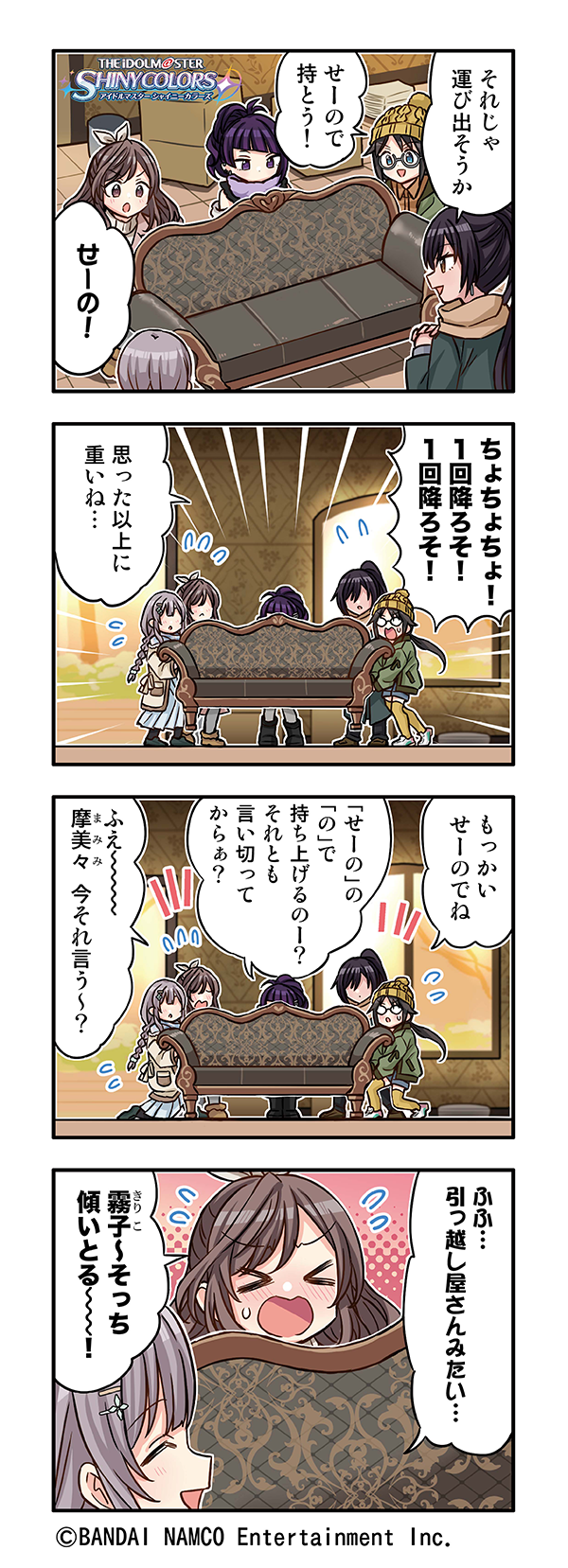
Many languages have phonemic vowel length - how long you hold a vowel changes the meaning of the word.
In my Latin classes, we had exercises and were tested on our ability to scan lines of Latin poetry. We were told that a poem is written in dactylic hexameter and were asked to mark the dactyls and show if they were dactyls or spondees.
Theoretically, each syllable is short, long by nature, or long by position. A Latin word is made up of some combination of short and long syllables. When put into a poem, the short vowels can become long, but the long can never become short. This makes it impossible to put dactyls (long, short, short) in certain positions, allowing you to deduce the pattern of spondees (long, long) and dactyls.
What makes scansion difficult is the extra rules and exceptions. For example, there might be elision, which can erase vowels in certain positions. Or there may be the rare case of the author being unable to fit the words in a line resulting in too many or too few syllables.
Scanning is quite difficult for us English speakers because English does not have phonemic vowel length. However, I'm convinced that scanning Latin like this would be intuitive to any speaker of a language with vowel length.
The whole reason the Romans wrote in meter was not to frustrate students 2000 years in the future, but because it intrinsically sounded pleasant to fellow Latin speakers.
However that doesn't mean that writing in meter is obvious to native speakers. It seems like unskilled writers will still have difficulty writing if they don't have conscious notions of syllable length.
Wikipedia says there are extremely few languages that distinguish between short, medium, and long vowels.
It seems like speakers of languages with only short and long vowels just cannot distinguish a "three length" vowel and must use methods to break up long clusters. In Japanese, yuuutsu (melancholy) seems to be pronounced with a stress on the third u. (The word is naturally broken up as yuu-utsu)
In English, when we want to coordinate timing, we count to three. This makes sense because you can measure the time between the "one" and the "two" to predict when it will be "three". However, in Japanese, it seems like people can synchronize with only one syllable. The word used is "seeno", with the action happening on "no". Since there is only one syllable of preparation, that means that speakers must have an agreed upon notion of how long the "see" is. It's impossible to establish a timing by measuring two points in time. I wouldn't be surprised if speakers of other languages can do the same thing.
The action can also happen on the beat after the "no", in which case the listeners could measure the time. This case is far less impressive.
Here is a comic (Idolmaster Shiny Colors #317 Hikkoshiya-san) which attests to the two different ways of timing with seeno. In this case, five people are lifting a sofa at the same time.
"Alright, let's move this." "On the count of seeno!" "Seeno!" "Wait wait wait! Put it down! Put it down!" "This is heavier than I thought." "One more time on seeno" "Do we lift on the no in seeno or immediately after?" "Huh? Mamimi, you're asking that now?" "Hehe, we're like a moving company..." "Kiriko, it's tilting over there!"
Created .
Home > P Language Literature > P Philology Linguistics > Vowel Length